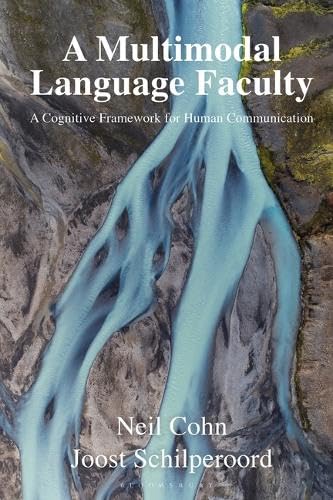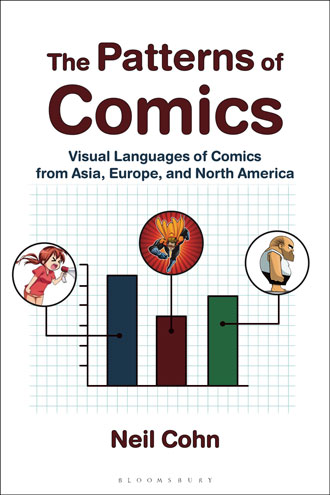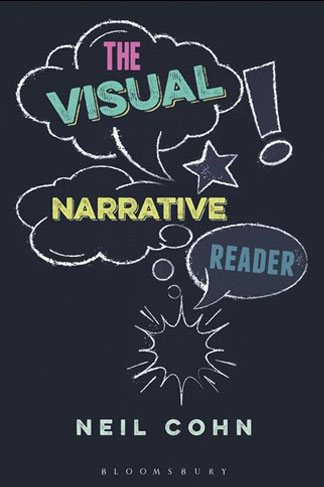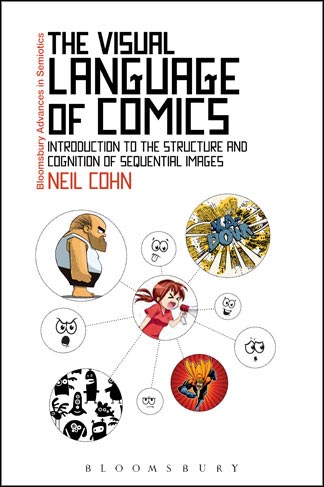Early Writings on Visual Language
Early Writings on Visual Language
This book laid the foundation for the theory of “visual language” by analyzing the sequential images found in comics using the tools of linguistic theory.
Collecting the earliest of Neil Cohn’s theoretical writings, it covers the split between “comics” and “visual language,” the boundaries between text and image, and lots more. Special focus is given to the importance of the sequential aspect of visual language grammar. This includes an in-depth analysis expanding and categorizing the number of panel-to-panel relationships, demonstrating their limitations, and culminating in arguments against these types of “panel transitions.” The alternative is a new theory of sequential image understanding based on the hierarchical relationships between time and space.
Breaking new ground, this book provides a reunderstanding of the graphic and linguistic modes of communication in light of a linguistic and cognitive perspective.
ISBN: 978-0-615-19346-5
2003 / 120 pages
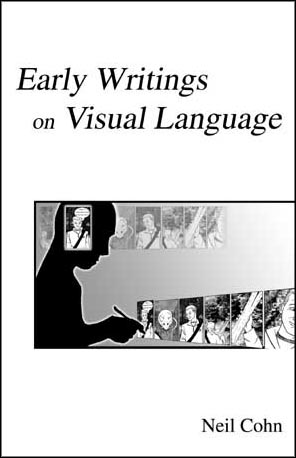
“Neil Cohn [argues] that panel sequences follow a “grammar,” a set of rules about order and arrangement, just like words in a sentence do… his ideas seem to be shaping up into a major alternative to McCloudian notions of closure.”
-The Comics Journal #255, Sept. 2003
